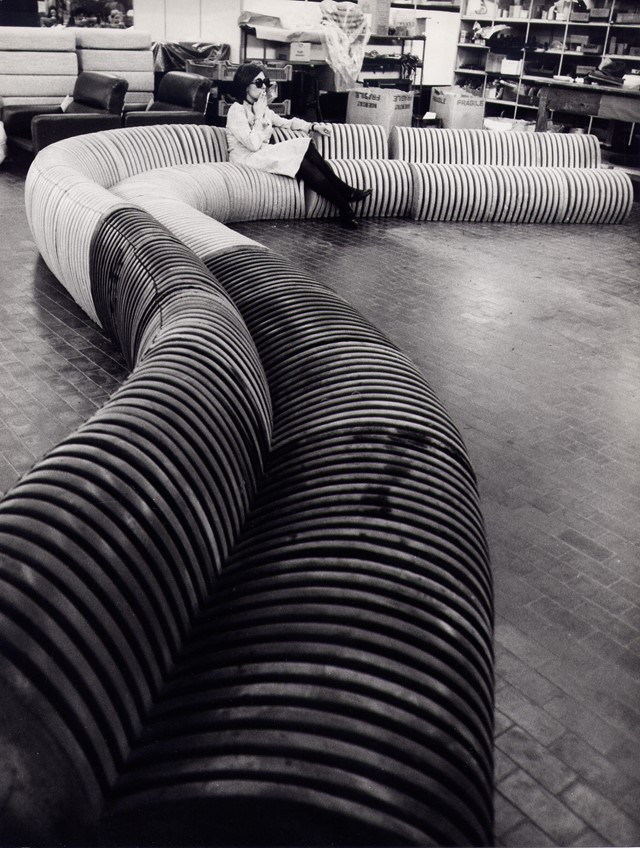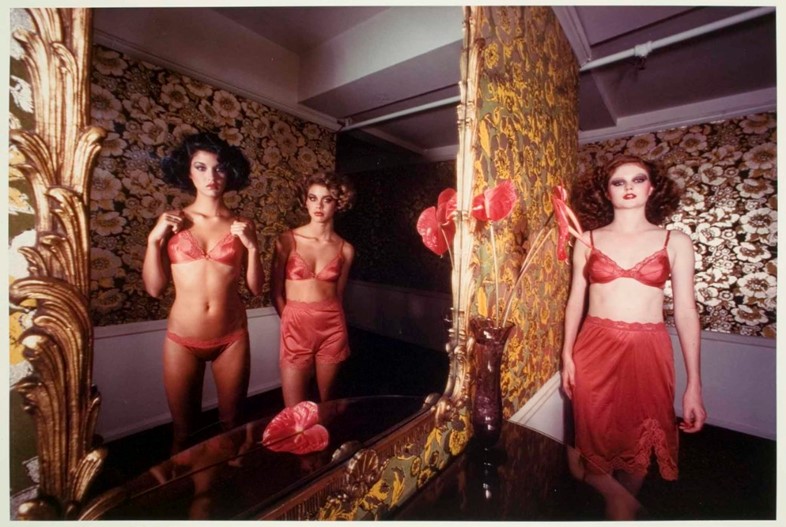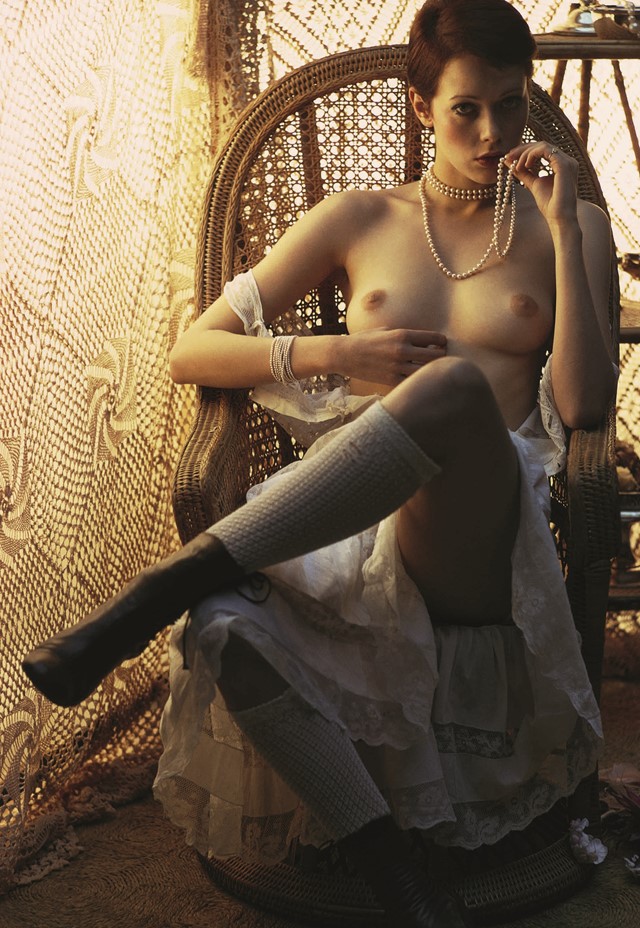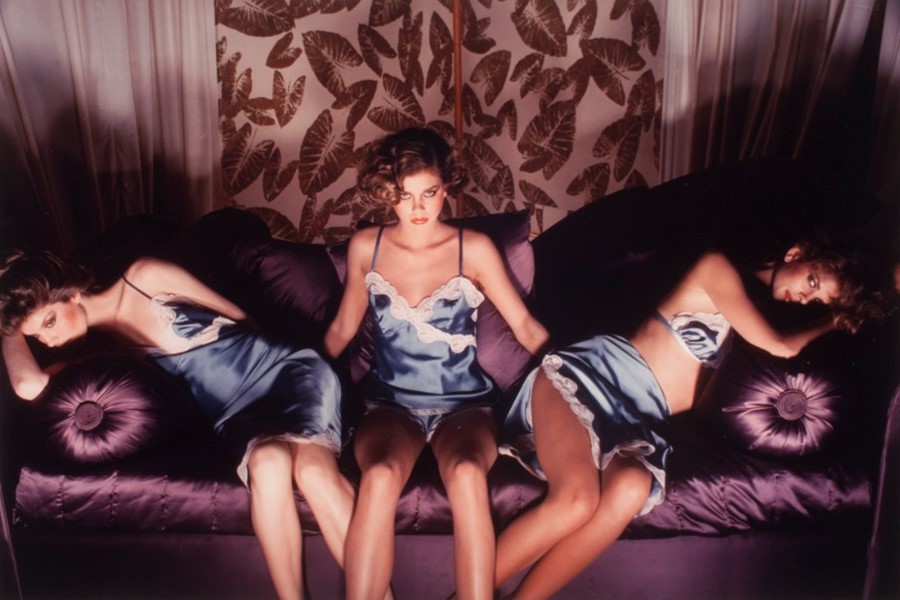In her latest column, Lucy Kumara Moore explores the relationship between design and desire, providing a manifesto for the eroticisation of your home
SEXNESS is a new monthly column exploring the shape of 21st-century desire from Lucy Kumara Moore, director of Claire de Rouen bookshop. A drive from the deep, a contested ground, a spur to our true identity, desire is manifold. Without aiming to be comprehensive, SEXNESS interweaves conversations with friends and personal perspective, to generate a PLEASURE-POSITIVE transmission from the cultural now.
As the world slinks in to our homes and we slink out (both literally and digitally), boundaries dissolve; what is private can always be made public; what is formal can be circumvented; what is required but distant can be summoned at a click; what were once ritualised activities of discovery are usurped by the pacifying forces of algorithmic taste-making. Groceries delivered to the foot of the fridge, new dresses handed over at the front door by couriers under pressure from target times, topless on our laptops in bedroom offices, gym apps raising heartbeats in the kitchen, dinner parties next to filing cabinets in our live-work studios, remote temperature controls, Instagram stories of the detritus of the office desk, work meetings at rented desks, work meetings in the living room, work meetings at cafés, work meetings in restaurants, work meetings in Ubers on the way out...
Now that we carry our social and professional worlds in our pockets, and good taste is handed to us on a plate, there’s a risk that public and private spaces begin to meld into each other, that everything looks the same, that we lose ‘touch’ with the seductive potential of interior design, with its capacity to encourage exquisite experience. Here follow some thoughts on three moments in recent times when desire and design have aligned. A manifesto for the eroticisation of your home, for the pleasure of privacy, for the rejection of IKEA-backdrop amateur porn posts. Inanimate, anthropomorphic, inviting a particular position, posture, poise, offering tactile sensation, implying a certain event. A chair, a mirror and another chair, for AnOthermag.com, of course.

The ‘Serpentone’ Sofa
In 1972, MoMA in New York organised an exhibition called Italy: The New Domestic Landscape, which celebrated recent developments in Italian design, particularly those from the exponents of Radical design. The exhibition continued in the spirit of MoMA’s earlier (1966) show The Object Transformed, which included design objects that the curators believed had evaded a “psychological temperate zone” or an “area of captivity and instinctual dullness masked by a veneer of functional correctness” (suggests Paula Antonelli, MoMA’s current senior curator in the department of Architecture and Design). One of the exhibits in Italy: The New Domestic Landscape was a sofa called Serpentone, designed by Milan-born female architect and designer Cini Boeri and first fabricated by Arflex in 1971. It was placed in the ‘contestatory/active critical participation’ section of the exhibition and is widely regarded as a design masterpiece from this time, deploying injection-molded polyurethane foam. ‘Serpentone’ means ‘big snake’ and Antonelli describes it as “a liquorice couch sold by the metre”, noting that its “suppler ‘gills’ could provide increased bounce and comfort”. Arflex was borne out of research by employees at the Pirelli tyre company in the 1940s. The sofa, providing theoretically endless lengths of soft black snaky rubbery seating, is joyously multi-allusional. And, indeed, Boeri cites joy as one of the driving principles of her work.

The Humble Mirror
While Guy Bourdin’s first publication, Sighs and Whispers, a lingerie catalogue for Bloomingdale’s, is a well-known classic of radical fashion image-making, writer and editor Rosetta Brooks’ essay on it, which she published in Issue 3 of her magazine ZG in 1981, is lesser known. It’s Brooks’ discussion of the symbolic workings of the mirrors in Bourdin’s pictures that I wanted to cast my gaze over here. She notes that Bourdin is a fan of doubling devices: models who look like twins; arrangements of models repeated with slight variations across spreads; the placement of models in front of mirrors so that their images are reproduced within single frames. What these doubling devices do is to imply the artificiality of the image. Brooks suggests: “[Bourdin registers] the surface of illusion and the destiny of the space of illusion”. She also suggests, both because women look at themselves in mirrors within the photographs, and because the photographs are intended for consumption by female consumers, that there are overtones of “lesbianism and narcissism” in the work. Fast forward to the 21st century, and what might the erotic overtones of a mirror in your bedroom be? More than a frisson of illusion, our re-touchable times mean that mirrors now promise the opposite: a far more real image than most digital ones we make of ourselves. They offer a private, authentic, unretouched, narcissistic ‘screen’ of quaintly unshared live video, if you want it...

The Peacock or ‘Emmanuelle’ Chair
If Victorian bohemianism with sexual undertones is more your thing, you could invest in a rattan peacock chair, often called an ‘Emmanuelle’ chair in recognition of its star role in the 1974 French soft porn film of the same name. Wicker furniture came to Britain in the 18th and 19th centuries as a result of colonial trade with Asia. It carried a certain ‘exotic’ energy that was part of its allure, and to the uninitiated in the present day, a peacock chair in the living room will appear tastefully bohemian. But to those in the know, it will summon steamy visions of Emmanuelle’s voyage of discovery in Thailand’s Bangkok, its throne-like back inviting power play, perhaps. A chair riddled with problematic politics, but sexy all the same. A worthy topic of conversation for a group night in.
